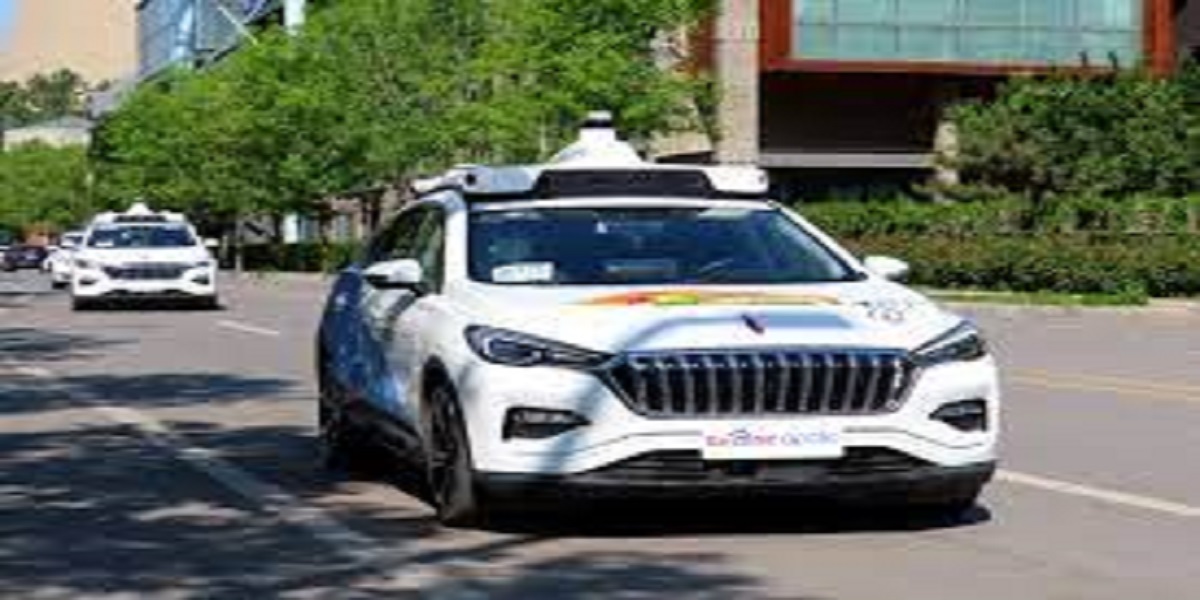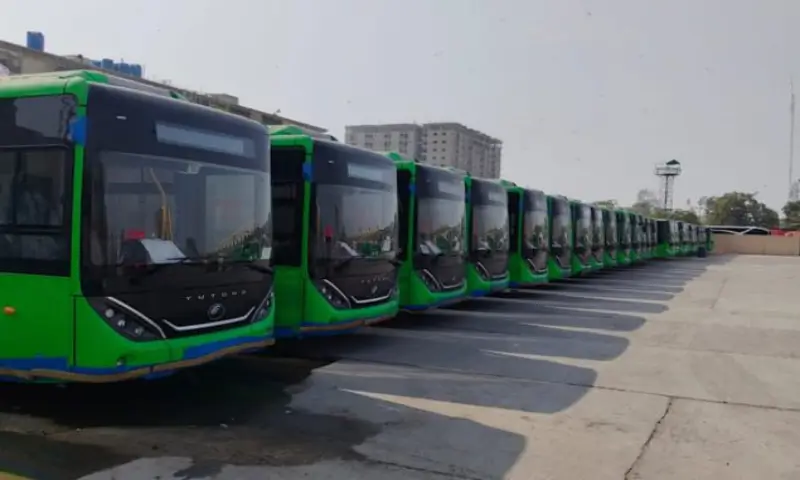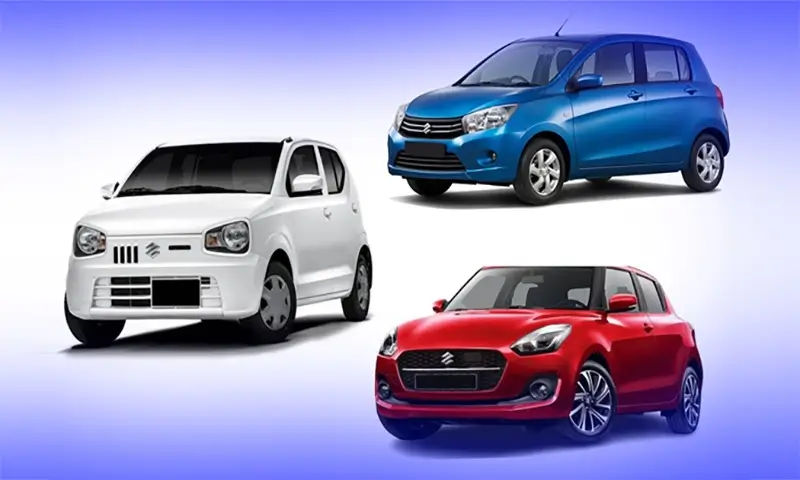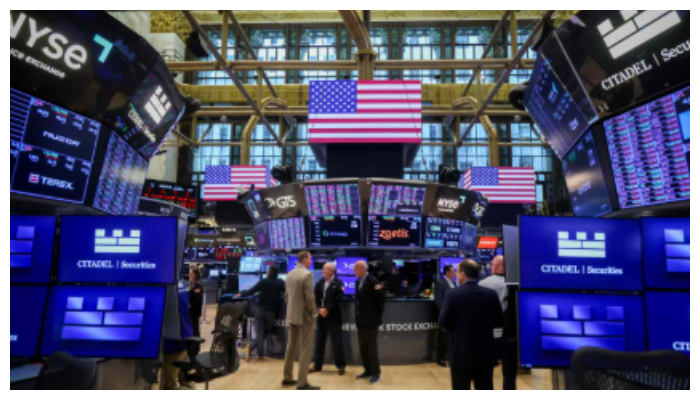For a really long time, Alphabet’s Waymo and others pioneers have guaranteed independent vehicles are simply around the corner.
In any case, that future has not shown up yet. No difference either way.
“In single word, it’s intricacy,” said James Peng, CEO and prime supporter of Pony.ai, an independent vehicle organization.
“Each time there is a specialized forward leap, there are difficulties. We have the AI, the quick central processors, the sensors. It’s all feasible by fitting every one of the pieces together without a hitch. 99.9% isn’t adequate to consummate the innovation.”
Notwithstanding guarantees of life-saving, environmental change battling, and cost-effective driving, actually “the independent vehicle nirvana is 10 years out,” said Michael Dunne, CEO of autotech consultancy ZoZoGo.
“While it’s not difficult to arrive, even the most cutting edge innovations are not there yet and utilized predominantly in bound regions where things are unsurprising. We are far, far away from general acknowledgment.”
That, however “the plan of action is a greater test than the innovation,” he said.
Self-driving vehicles without guiding wheels or brake pedals have been delayed to scale and are seen by a larger number of people as an oddity.
Extra street tests are expected to resolve tech misfires. Guidelines to allow driverless vehicles are as yet advancing by city, state, and country.
Excessive cost labels floating above $100,000 for an AV-prepared auto are a downside to individual buys for most purchasers.
Commercialization is as yet in progress. Security concerns remain, especially after a lethal accident in March 2018 including one of Uber’s vehicles in Tempe, Arizona and various occurrences including Teslas being worked in self-driving mode.
In any case, market pioneers are wagering enthusiastic about more astute travel innovation and are trying its suitability, logging great many street miles to prepare self-driving calculations and AI sensors to drive better compared to people in a wide range of climate and eccentric conditions.
Tech goliaths, automakers, and new companies including GM’s Cruise, Waymo, Baidu, and others have contributed billions of dollars and long stretches of R&D in this developing business sector ready to reach 12% of new vehicle enlistments around the world by 2030.
In the mean time, Tesla proceeds with its work on its semi-independent autopilot and self-driving frameworks.
Presently following 10 years and a few uneven beginnings, it’s robotaxis, robot-driven conveyances, and independent trucks that are arising as the most encouraging currency producers on the lookout.
“Ride-hailing is an awful plan of action with despondent human drivers and metropolitan portability issues.
The following extraordinary thing could be armadas of robotaxis,” said Erik Gordon, a teacher at the University of Michigan where he centers around business venture and innovation.
He imagines metropolitan roads without mishaps, sounding, gridlocks, and committed paths for self-driving vehicles.
In this next period of travelers and street testing, the specialized intricacies are developing with capricious traffic examples and weather conditions factors, for example, haze and downpour, in addition to waiting social mindfulness and acknowledgment issues.
“It will in any case demand a lot of investment for independent heading to be marketed for a huge scope,” said Dong Wei, VP and boss security activity official of Baidu Intelligent Driving Business Group in Beijing.
Paid traveler passages in completely driverless robotaxis could be the subsequent stage toward the business improvement of this groundbreaking business sector.
Pony.ai, which positioned No. 10 on the 2022 CNBC Disruptor 50 rundown, alongside Baidu in Beijing, have stood out in sending off passage charging robotaxis for the general population in China.
The two organizations began charging passages last November in Beijing for their robotaxi administrations, which have a wellbeing driver checking the ride. Furthermore, Pony.ai is beginning a paid taxi administration this May including 100 AVs as customary cabs inside the Nansha locale of Guangzhou.
Both likewise have been trying AVs and robotaxis in the U.S., despite the fact that Pony.ai’s driverless tests were suspended in California after a vehicle hit a path divider and road sign in Fremont.
China is focusing on brilliant transportation as a public development system and has assigned a few areas of significant urban communities for testing.
“Assuming you are searching for the ideal spot to test independent driving, it is difficult to beat China for its desire,” said Dunne.
While the Chinese and U.S. markets are growing intently in equal, given elevated U.S.- China tech development contest and limitations on cross-line venture, one conceivable situation is “two worldwide environments, one that is China-driven and one that is U.S.- drove with their individual frameworks and states,” Dunne said.
“China doesn’t need U.S. organizations vacuuming up information and China testing in the U.S. faces a similar issue. Chinese AV organizations are probably going to keep up with R&D in the U.S. yet, send in China for China.”
In the U.S., industry pioneers Waymo and Cruise hope to before long send off their own paid driverless robotaxis in San Francisco following a while of testing rides with representatives.
Also, Waymo plans to grow its expense charging driverless rides to downtown Phoenix after pilots in late 2018 for paying clients in rural Chandler.
Passage and VW-upheld Argo-AI have started working independent test vehicles without a human wellbeing driver in Miami and Austin, Texas, moving around representatives.
Argo has been trying its self-driving innovation on roads in eight urban communities across the U.S. furthermore, Europe, with a portion of its vehicles, with a human wellbeing driver, being involved by travelers in Miami Beach, Florida, through Lyft’s ride-sharing organization. Lyft has a generally 2.5% stake in the organization.
Amazon-procured fire up Zoox is custom trying its shape like robotaxis in the Bay Area, Seattle, and Las Vegas, without at first charging for rides.
Pursuing the open door, value financing in AV tech organizations obscured $12 billion of every 2021, up over half from 2020, as indicated by CB Insights.
The U.S. subsidizing is overwhelmed by Waymo, which finished out at $5.5 billion including from Alphabet, and by Cruise, which is upheld with $10 billion from GM, Honda, and different financial backers, with a $5 billion credit extension from GM Financial.
Pony.ai, helped to establish by previous Baidu AV lead designer Peng in 2016, is supported with $1.1 billion, including a $400 million speculation from Toyota.
New businesses in the AV space have piggybacked on significant automakers and ride-hailing administrations, for example, Motional, shaped in 2021 through a joint endeavor with Hyundai and pilots with Lyft.
Uber sold its self-driving unit, the Advanced Technologies Group, to Aurora Innovation, after Uber’s prime supporter and previous CEO Travis Kalanick had promoted self-driving as fundamentally important.
Aurora, put resources into by Amazon, Hyundai, and adventure firms Sequoia Capital and Greylock, is dealing with sending off a business mechanical truck framework by late 2023, trailed by a robotaxi project.
A few other market fragments are being cut out as differentiators by organizations creating business robotaxis. One of the further developed as it looks to differentiate from its pursuit and publicizing center, Baidu is providing its Apollo Go AV “cerebrums” to robo-transports and other travel implies in China while giving Apollo self-driving answers for automakers.
The month to month estimating of Apollo Go north of five years is tantamount to the work cost of a ride-hailing driver in significant urban areas in China, a Baidu representative said.
The organization is additionally selling insightful transportation arrangements with projects in 34 Chinese urban communities, for further developing traffic conditions, street wellbeing, and air quality.
Baidu has additionally collaborated with Geely (Chinese proprietors of Volvo) to finance its wise electric vehicle business JIDU and efficiently manufacture a robocar for send off in 2023.
Creation of robo-vehicles is exorbitant however sought after as one more procedure to popularize the market.
Voyage has banded together with GM and Honda to efficiently manufacture the Origin, an all-electric self-driving, shared vehicle due out inside a couple of years from GM’s Factory Zero gathering plant in Detroit.
Amazon-claimed Zoox has fabricated many exceptionally assembled, electric, independent robotaxis at its plant in Fremont, carrying out slowly.
Waymo is extending its flow ride-hail armada of I-Pacers and Chrysler Pacifica half and halves made in Detroit and teaming up with Chinese automaker Geely to prepare its all-electric, meticulously designed AVs for U.S. streets before long.
Pony.ai as of late uncovered its 6th era independent driving framework, hoping to prepare a seven-seat Toyota Sienna model and start street testing in China this year with robotaxis continuing in 2023.
Robot-controlled conveyance administrations are additionally arising as a reasonable way toward business scale and productivity.
Journey has joined forces with Walmart in the Phoenix region to convey food, and plans to extend the help broadly, said Gil West, Cruise head working official. Nuro, a Silicon Valley advanced mechanics fire up in independent conveyance, is test driving a bot administration to Walmart and Kroger clients in a few urban communities, and as of late added 7-Eleven clients in Mountain View.
Uber started pilots this long stretch of food conveyances by walkway robots and self-driving vehicles in Los Angeles.
For Zoox, providing Amazon with last-mile conveyances from its buses is a potential situation.
“We haven’t preclude this as a utilization case,” said Jesse Levinson, Zoox CTO and prime supporter.
“Our plan of action is charging individuals cash to take a ride. The greatest expense of a ride-sharing vehicle is the driver. We can amortize the expense of the vehicle by these passages more than five years.”
It might appear to be nonsensical, yet the AV long stretch shipping space is moving maybe the quickest in this advancing business sector.
Jim Scheinman, establishing overseeing accomplice at Maven Ventures and an early financial backer in Cruise, noticed that Embark Truck and other AV shipping organizations will assist the trillion-dollar with promoting in numerous ways.
“Not just by keeping our cargo costs considerably lower which will keep on being so significant in a universe of proceeded with inventory network issues and expansion, yet in addition in aiding the long stretch shipping work deficiencies as well as being quite a lot more harmless to the ecosystem,”
Scheinman said. “Enormous successes for everybody and the planet,” he added.
One novice is Pittsburgh-based Locomation, a mixture semi-independent innovation for two-truck escorts, with a driver leading the pack vehicle checking the ride while another is off the clock in the supporter truck, taking a rest.
“With shipping sought after for cargo and a driver deficiency, this assists with tackling a trouble spot,” said Cetin Mericli, a prime supporter of Locomation, which has been trying with three public shipping clients.
“This framework can twofold the productivity of the drivers, keep the trucks running more regularly, and accelerate conveyances,” he said. “In an extremely 2020 style, our debut independent conveyance was a trailer brimming with TP.”





















